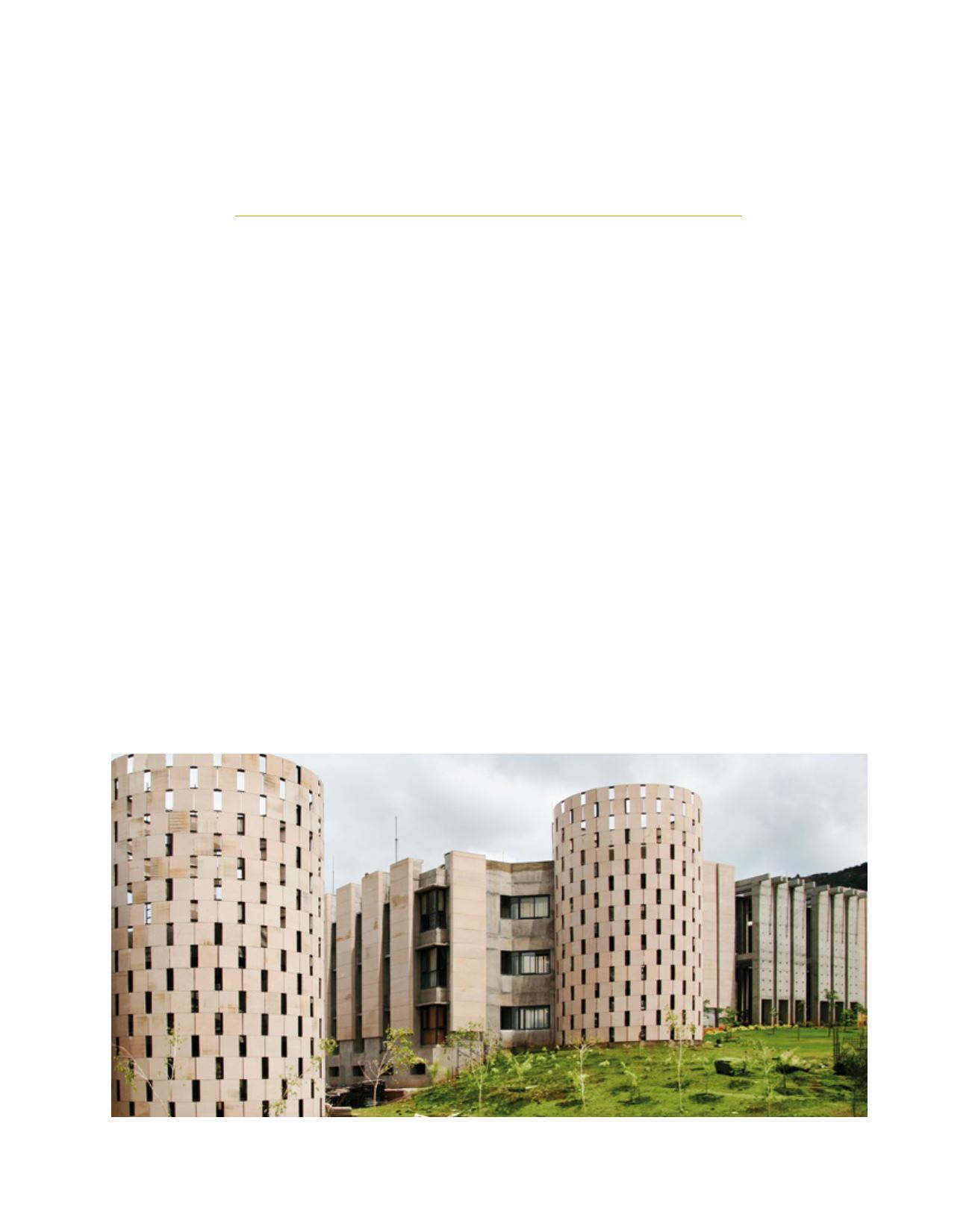

[
] 179
Democratizing education:
the quantity and quality debate
Maya Dodd, Foundation for Liberal and Management Education, Pune, India
S
ince the 2005 launch of the UN Decade of Education
for Sustainable Development, India has realised several
initiatives, by both the government and the private sector,
towards achieving greater equality in the education sector.
There is, at last, a real recognition of the fact that there cannot
be sustainable growth without basic investment in the country’s
human resources through a systematic education system that
caters to capacity-building. Much effort has gone into the creation
of an infrastructure that can achieve this end. However, despite
recent wide, sweeping reforms in Indian education at the school
level, reviews of India’s college education structure are clouded by
endless controversies. The demands to ‘liberalize’ college educa-
tion have leaned on the need for new investment by the private
sector at a critical juncture of India’s growth. However, for one-
fifth of the country’s population, the biggest challenge faced is
the absence of quality in current standards of college education.
The inadequacies in educating vast numbers of Indian young
people far exceed issues of regulation or demand-supply deficits.
Debates plaguing the Knowledge Commission’s recommenda-
tions to dissolve the University Grant’s Commission’s control of
universities; the scandal of abuse of powers by the Indian Medical
Council in legitimizing colleges; the indiscriminate
rise of private education in engineering and manage-
ment under the purview of the All India Council on
Technical Education; and the overall neglect of more
inclusive regulations for vocational education all point
to the general observation that undergraduate educa-
tion in India is in desperate need of an overhaul.
The real crisis lies beyond challenges of scale
and the rationale of which agents are responsible
for providing India’s young people with colleges. If
all debates on education have been reduced to the
urgency of accommodation, post-secondary education
has been especially afflicted by a history of deflecting
debates on the quality of education by invoking the
spectre of numbers. Since independence in 1947, the
number of colleges in India increased over 60 years
from under 500 to the current total of over 20,000.
This educational infrastructure can accommodate only
seven per cent of all of India’s college-age students,
and the low enrolment ratios of today mirror this fact.
While by 2010, the population of the 15–24 age group
was estimated at 19 per cent of the total population,
The FLAME campus in Pune, India
Image: FLAME
















